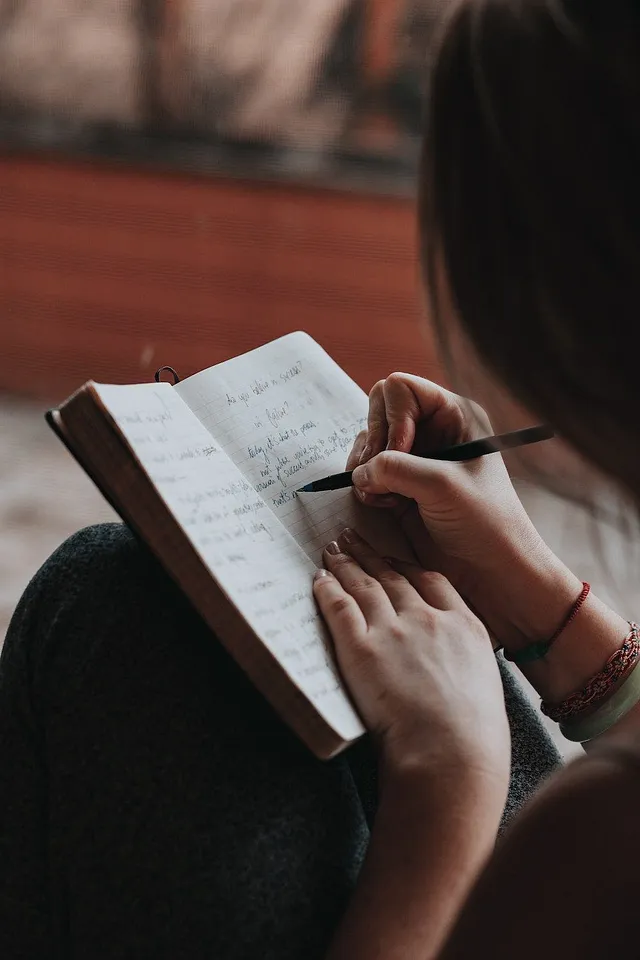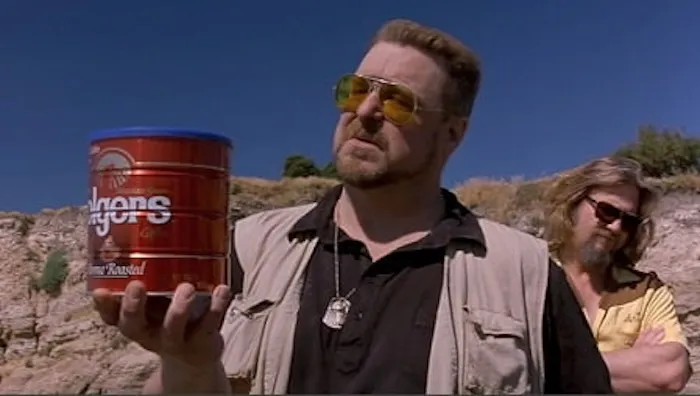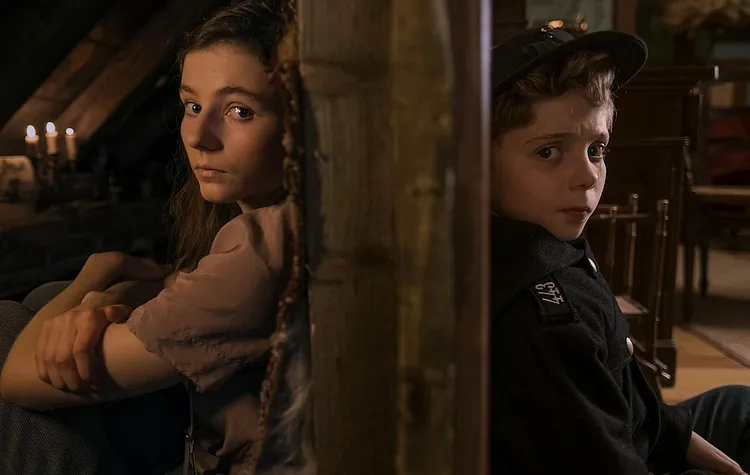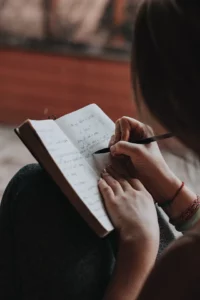“Unlock the Secrets of Timeless Scripts: Discover the Revolutionary Techniques That Changed Screenwriting Forever!”
When diving into the world of screenwriting, have you ever pondered the duality of beginnings? A gripping start can hook an audience just as effectively as a climactic conclusion. This fascinating dynamic is beautifully encapsulated in the wisdom of Anita Loos, a pioneering force in early American cinema. Loos believed that a well-crafted introduction is far more than just a warm-up act; it’s the secret sauce to making your story not only captivating but also much easier to write. In this article, we’ll explore the vital principles she laid out in her seminal work with John Emerson, “How to Write Photoplays.” Buckle up, because mastering that all-important first impression could not just elevate your craft, but could also make your screenplay as salable as a blockbuster ending! Ready to transform your storytelling? LEARN MORE.

“A good beginning, the value of which appears to have been sadly underrated by most amateurs, makes a photoplay nearly as salable as a good ending, at same time making the writing of it many times easier.”
If you are a screenwriter, you should know about Anita Loos. Loos was one of the most influential writers in the early stages of American cinema, associated with 136 film projects per IMDb.
Married to writer John Emerson, the pair wrote one of the first books on screenwriting in 1920: “How to Write Photoplays”. I have been running a weekly series based on the book. You can access those posts here.
Today: How To Begin [P. 94].
A good beginning, the value of which appears to have been sadly underrated by most amateurs, makes a photoplay nearly as salable as a good ending, at same time making the writing of it many times easier.
Opening a story seems to the amateur photodrama tist the easiest process in the whole routine of composition, but presently he finds that his story has mysteriously tied itself into knots. The art of beginning your story correctly consists in following these rules:
1) Open in such a way as to interest your audience at once and arouse curiosity as to what is to follow.












